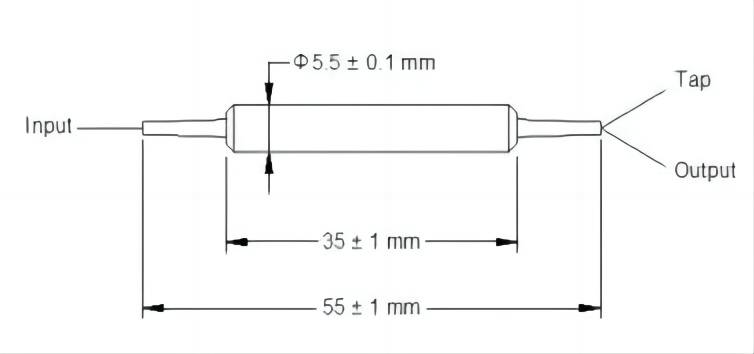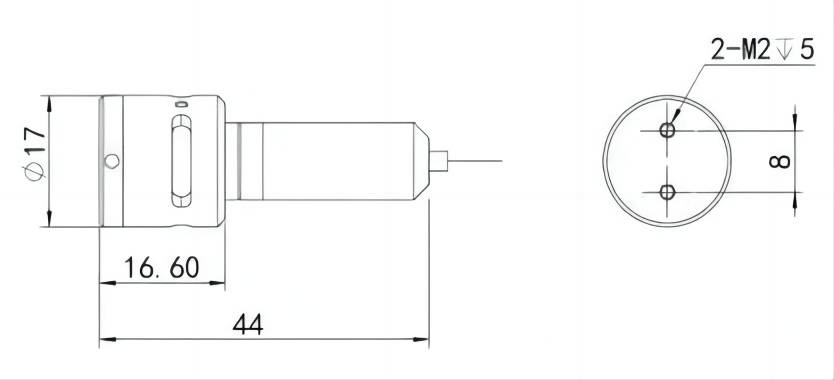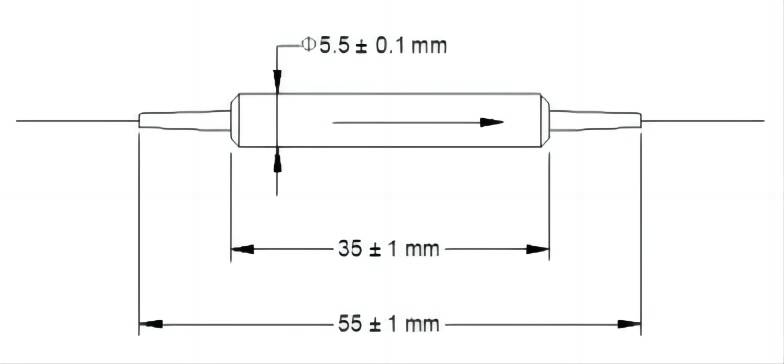Why Passive Optical Components Used in Long-Distance Communication
Passive optical components play a pivotal role in high-speed, long-distance communication networks, such as fiber optic networks, to ensure efficient and secure data transmission over vast distances without the need for external power supplies. These components help preserve signal integrity over distance without needing external support from an outside source.
This article introduces passive optical components, their types and the ways they enable long-distance communication, their key strengths, and their applications for long-haul networks.
What Are Passive Optical Components?
Passive optical components are key elements of fiber optic networks, designed to manage and direct light signals without needing external power sources. As opposed to active components (such as amplifiers or lasers ), passive devices rely solely on optical principles – reflecting, splitting, filtering, or combining light for efficient transmission.
Passive optical components are extremely reliable, low-maintenance and energy efficient solutions, making them essential components for long-distance communication by minimizing signal loss, decreasing noise levels and providing wideband data transfers over thousands of kilometers.
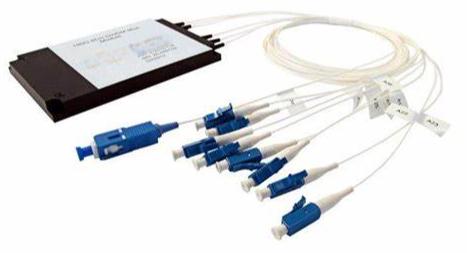
Common Types of Passive Optical Components
Fiber optic systems utilize several key passive optical components that serve specific purposes; each type performs its own task effectively. For instance:
- Optical Splitters/Couplers: Separate one optical signal into multiple paths, or combine several signals onto one fiber, in one device.
- Wavelength Division Multiplexers (WDMs): increase bandwidth by merging or splitting light wavelengths to increase bandwidth utilization.
- Optical Isolators: Allow light to travel in only one direction, eliminating signal reflections that disrupt signal transmissions.
- Optical Circulators: Light signals are passed sequentially between multiple ports for efficient signal management.
- Optic Filters: Optical filters can block or transmit specific wavelengths to enhance signal clarity.
- Fiber Bragg Gratings (FBGs): Reflect certain wavelengths while permitting others through, providing stability in long-haul networks.
These components work together to maintain signal integrity, making them essential in today’s high-speed communication systems.
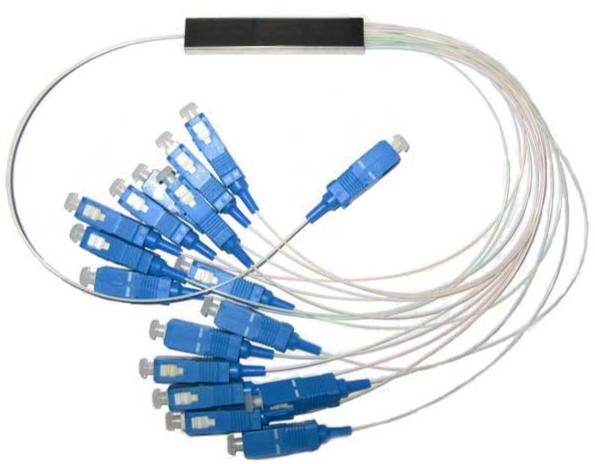
How Passive Optical Components Enable Long-Distance Communication
Long distance fiber optic communication relies heavily on passive optical components to overcome key challenges like signal loss, dispersion and interference – these ensure seamless data transmission over vast distances:
1. Signal Amplification Without Active Power Source
Passive components don’t amplify signals like active repeaters do; rather, they minimize signal loss with effective light management and minimize light pollution.
WDMs (Wavelength Division Multiplexers) combine multiple signals onto one fiber for maximum bandwidth without adding power consumption.
2. Attenuation & Dispersion Reducing Strategies
Optic filters and Fiber Bragg Gratings (FBGs) help eliminate noise and unwanted wavelengths to maintain signal clarity and preserve signal clarity.
Circulators and isolators protect data transmissions over longer distances by eliminating back reflections that could otherwise distort them.
3. Support High Speed Low Latency Transmission
Passive splitters distribute signals without electronic processing, eliminating delays that would impede real-time applications like video streaming and financial trading.
Their all-optical design eliminates bottlenecks caused by electrical conversion processes.
4. Scalability Solutions for Expanding Networks
Splitters and WDMs enable networks to expand capacity without incurring expensive fiber installations costs; making upgrades cost-effective.
Passive components play a central role in global connectivity by efficiently controlling light signals such as combining, filtering and directing them with minimal loss. They serve as the backbone for undersea cables, telecom backbones and 5G infrastructure owing to their energy-saving qualities and reliable operation.
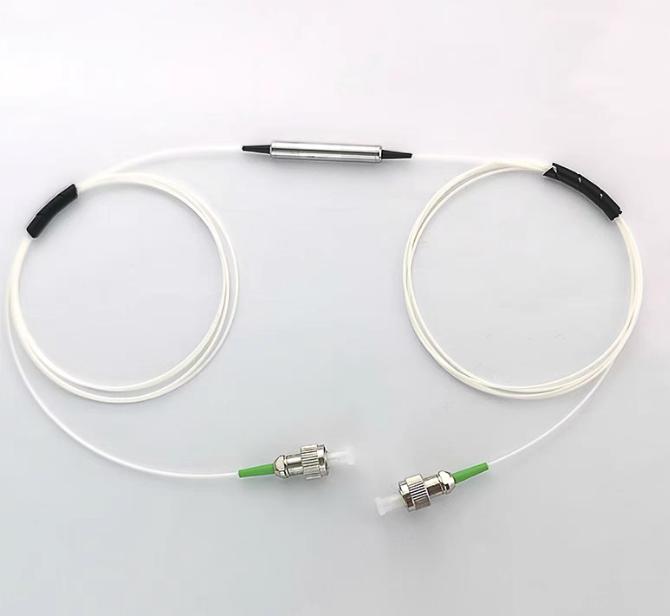
Key Strength of Passive Optical Components in Long-Distance Communication
Passive optical components offer several key benefits that make them essential components in long-distance fiber optic networks.
- First and foremost, their power-free operation provides high reliability and energy efficiency. Unlike active components that rely on electricity to function, such as CPUs or memory modules, powerless switches lower operational costs significantly and prevent any risk from power failures, making them perfect for hard-to-access locations like undersea cables or rural broadband deployments.
- Second, passive components’ durability and low maintenance costs contribute to long-term cost savings. Since there are no moving parts or electronic elements to wear down over time, passive components experience reduced wear-and-tear and longer lifespans with reduced replacement needs, making passives an invaluable choice in mission-critical networks where downtime cannot occur.
- Thirdly, their scalability facilitates seamless network expansion. Wavelength Division Multiplexers (WDMs) and optical splitters enable multiple signals to share one fiber, optimizing bandwidth without additional infrastructure, meeting growing data demands in telecom and data center interconnects.
- Passive optical components ensure efficient long-haul transmission by maintaining signal integrity. Components like isolators and filters reduce signal loss, noise, reflections, and high-speed data transfers over thousands of kilometers, making passive optical components essential components in modern long-distance communications.
Applications of Passive Optical Components in Long-Haul Networks
Passive optical components play an integral part in providing long-distance communication for various industries, with four key uses being highlighted here:
1. Telecommunication Backbone Networks
Long-haul and ultralong-haul fiber networks rely on passive components to maintain signal integrity for thousands of kilometers, from WDMs that increase bandwidth by converging multiple wavelengths onto one fiber to optical isolators which prevent reflections that could degrade transmission quality – using these same components is especially vital when connecting continents via submarine cables; using passive components ensures minimal latency with high reliability over their entirety.
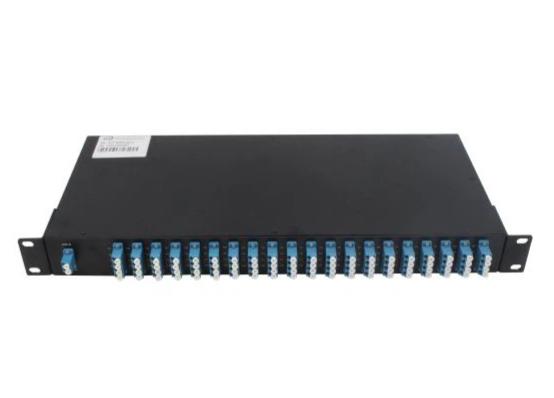
2. Data Center Interconnects (DCI)
As data centers worldwide increase their presence, interconnections require reliable links that offer minimal latency and increased bandwidth. Optical splitters and circulators help distribute signals effectively while Fiber Bragg Gratings (FBGs) stabilize wavelengths to eliminate distortion – these passive components enable cost-effective, scalable solutions for hyperscale cloud providers.
3. Next-Gen Mobile Networks
5G networks require high-bandwidth backhaul connections from cell towers to core networks. Passive optical splitters and WDMs offer flexible high-capacity fiber links without additional infrastructure requirements, making passive optical splitters perfect for supporting ultra low latency 5G services with their low power consumption and reliability.
4. Military and Defense Communications
Long-range optical communication is integral for defense applications. Isolators and filters protect signal integrity under harsh environmental conditions while WDMs enable encrypted multichannel data transmission – these components are utilized across airborne, naval and ground-based platforms for resilient communication without interference or degradation of performance.
By integrating passive optical components, these industries achieve efficient long-distance communication with minimal signal loss and maximum scalability.
Key Takeaways
Passive optical components enable efficient long-distance communication by reducing signal loss and noise without external power. Key types—splitters, WDMs, isolators, and filters—enhance signal integrity. Their energy efficiency, scalability, and low maintenance make them vital for telecom, data centers, and 5G networks, ensuring high-performance, cost-effective optical transmission over vast distances.
For more about passive optical components products, you can view our website or contact us for more information.


